In the hot summer, can a ride in the morning or evening be able to sweep away the heat wave and bring you a little bit of coolness? The scorching sun is a good season to go to the beach. It is an excellent opportunity to show off a fat tire electric bicycle. It can not only save people money but also regular riding is very beneficial to our physical and mental health. Under the influence of the general environment, people are more willing to choose electric bicycles. It's growing in popularity, begging the question: how did it come about? who invented it? What has it gone through to become what it is now?

So let's talk about the development history of its frame structure first. It retains the original frame structure of the bicycle and, on this basis, adds some electronic components such as batteries, motors, and controllers as its power system.
In 1790, Sivrac from France was splashed with water by a horse-drawn carriage on a rainy day. He thought: If it is replaced by a two-wheeled car because of its small contact area, will it splash more than a four-wheeled car? Is the water small? He invented the first pure wooden two-wheeled vehicle. It has a straightforward structure. It relies on the feet to step on the ground alternately to run. It has neither transmission nor a reversing device to turn. But this invention still surprises many people.

In 1817, Germany's Delaisse made a wooden wheelbarrow with controlled direction, but if you want to move the bicycle, you still have to step on the ground with your feet, one stroke and one stroke.
In 1839, Scotsman Macmillan designed wooden wheel car tires of different sizes before and after, and the tires were solid rubber. In the same year, Macmillan designed the iron bicycle.
In 1861, Pierre Michaux and Pierre Lallement from France added pedals on the basis and installed the saddle on the front wheel. They called it a "bicycle" and participated in the Paris Exhibition in 1867, allowing the audience to attend. Amazed, once set off a boom in bicycles. However, this structure has hidden dangers, which were eliminated later.
In 1869, Reynolds in England made a frame with steel pipes. The wheels consisted of spokes and rims and were fitted with solid tires. This design reduces the weight of the bike.
In 1886, a mechanical engineer, Starley, used his knowledge of mechanics and kinematics to design a new bicycle style, with front forks and brakes, front and rear wheels of the same size, a diamond-shaped frame, and the first use of rubber wheels. The diamond-shaped frame he designed was similar to the modern frame structure. At the same time, he made and improved the machine tool for the production of bicycle components, which opened the way for the production of bicycles and their popularization. Later, he was called "the father of bicycles."
In 1888, Dunlop had an epiphany from the case of treating the gas in the cow's stomach. He made a round rubber tube and filled it with air as a tire. It was the beginning of pneumatic tires. It was a great innovation. Pneumatic tires solved the problem that people have been puzzled about bumps and vibrations for many years, improved speed, and enriched bicycles. Use function. It is the prototype of the modern bike.
The invention and improvement of the bicycle took nearly 100 years, and these inventors rose to the challenge and made it possible for people to see and use it after repeated modifications. It has the characteristics of no noise, no pollution, convenient use and maintenance, lightweight, and unlimited use by people. It can not only be used as a travel tool but also for exercise. Even after two centuries of economic development, it remains popular and is the most used mode of transportation worldwide.
Although it has suffered the influence of the industrial revolution and the automobile age, its market share has decreased to a certain extent. With the continuous development of the economy, people attach great importance to environmental pollution and physical and mental health. In particular, the new crown pneumonia virus outbreak in 2020 and the continuous rise in the latest oil prices have brought bicycles back to people's attention. In pursuit of more time-saving and labor-saving means of transportation, people full of wisdom continue to make unremitting efforts to design and produce power bikes.
In 1895, Bolton invented and patented the first e-bike powered by a DC hub motor, but it only had 100 amps of current, so it was so bulky that even a human-powered bike could not catch up.
In 1897, Libby designed an electric cycle driven by dual motors; in November of the same year, a tandem electric cycle appeared.
The design of the battery and frame was too bulky, and there was no breakthrough in battery technology until the development of electric bicycles in the 1960s was stagnant. In the early 1970s, due to the global oil crisis, the United States began to study the development of new energy and energy storage technology to eliminate excessive dependence on oil. After nearly five years of research and experiments, the world's first new lithium battery came out.
In 1989, Yamaha built one of the prototypes that closely resembled modern power bikes. Models at the time used lead-acid batteries, but they were not suitable for use in low-temperature areas, which would drain the power very quickly and have a short lifespan. Manufacturers began using nickel-metal hydride and lithium-ion batteries in the middle and late stages. The superiority of lithium-ion is gradually revealed to the rider, which improves the performance and the energy conversion rate.
In 1899, Schnepf invented a rear-wheel friction drive motor. This design concept is still active in today's market design. In February of the same year, American Hansen applied for a patent for an electric vehicle, the main content being that the electric system can still be used to drive the vehicle while retaining the power system of human pedaling.
In 2001, electric cycles gradually appeared in people's field of vision. They have fast, convenient, and environmentally friendly qualities, and the market demand is growing. As demand increases, e-bike manufacturers continue to design and produce functional and beautiful products.

Electric bikes have evolved unexpectedly, faster, lighter, and stronger than ever. Back in 1790, when Sivrac made a wooden wheelbarrow, it was impossible to imagine that it could evolve into what it is today. The development of electric cycles has kicked off, and many manufacturers have kept pace with the times, with simple and fashionable shapes, diverse functions, and at the same time ensuring quality. Compared with ordinary narrow tires, fat tires have a firm grip and traction when facing rough terrain and can move smoothly even on sand and snow-covered ground. Cyrusher electric bikes are equipped with 4-inch Chaoyang Mountain fat tires, giving riders a comfortable experience. When the transmission system of the electric bicycle is running, combined with the pedal assist system, the rider can find a matching pedaling rhythm. Cyrusher Kommoda features a 7-speed speed mode and 5-level pedal assist system, which can be adjusted to more giant gears when going uphill and smaller gears when traveling at high speeds, giving the rider a full-speed experience. In addition, the front and rear 180mm double hydraulic disc brakes have high sensitivity and fast heat dissipation and are safer than wire brakes. In an emergency, the motor can be cut off in time. And it increases the rear spring suspension, and the front and rear shock absorbers have more potent force, which can better absorb bumps and improve comfort when the road surface is uneven.
The good news is that as e-bikes continue to grow in popularity, manufacturers have been improving, and their functionality has gradually been developed. Its back seat can hold a paniner bag for camping or daily commuting, and the capacity is sufficient. You can avoid the use of a car. The cost of a vehicle is a lot, and the parking and fuel costs will be shocking, so it is best not to choose a car for short distances.

The United States is a big country of automobiles and is very dependent on cars, but the drawbacks of automobiles are increasingly apparent. Urban traffic jams, environmental pollution, and high investment costs make many people consider changing to an environmentally friendly and convenient transportation method. We can find that the state will introduce a subsidy policy for using new energy, and the national government will invest heavily in bicycle lanes, which is very beneficial to the development of electric cycles. It has gradually become the mainstream from a niche culture, and more and more people are traveling. It has only been more than a hundred years since the development of electric bicycles. It is believed that with the continuous research and experiment of new energy combined with mature technology, the design and production of electric bikes will be more versatile and comfortable in the future based on ensuring quality.




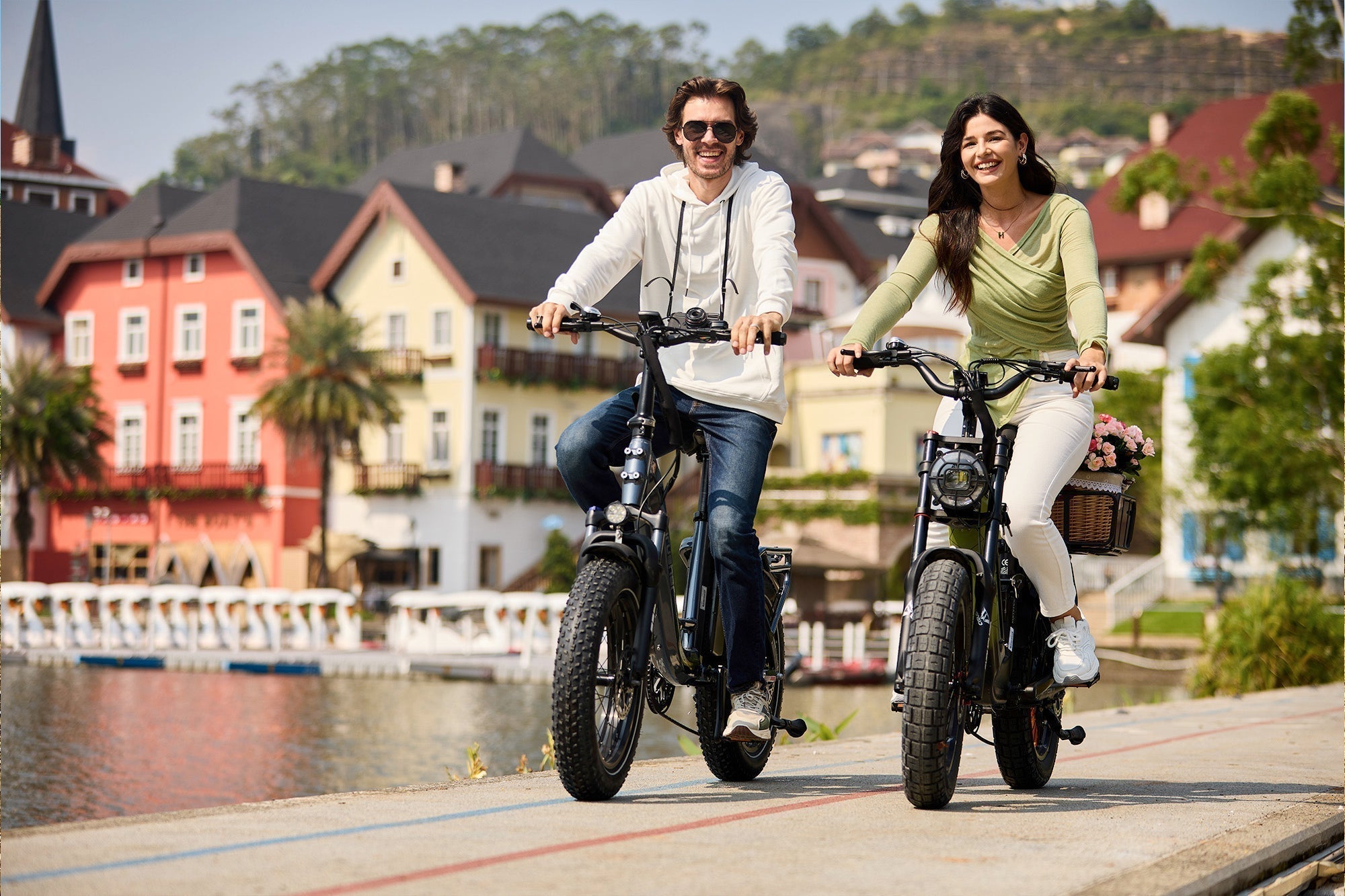
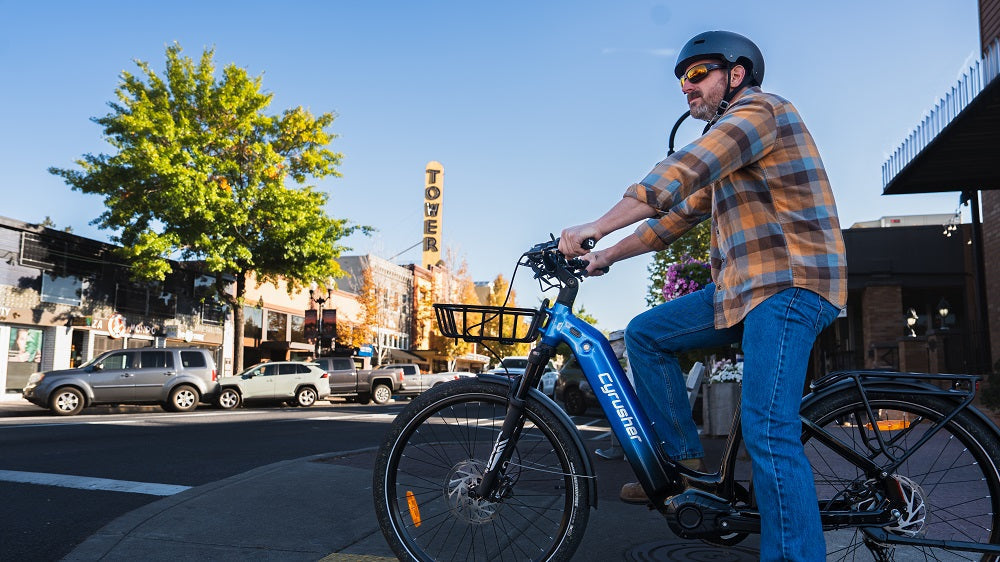

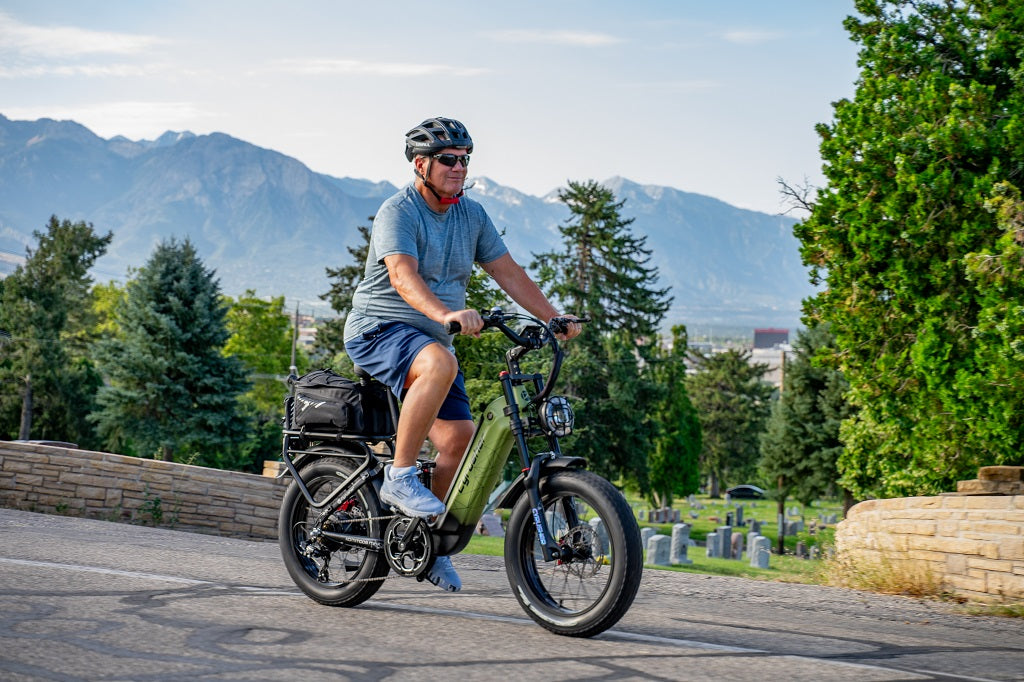
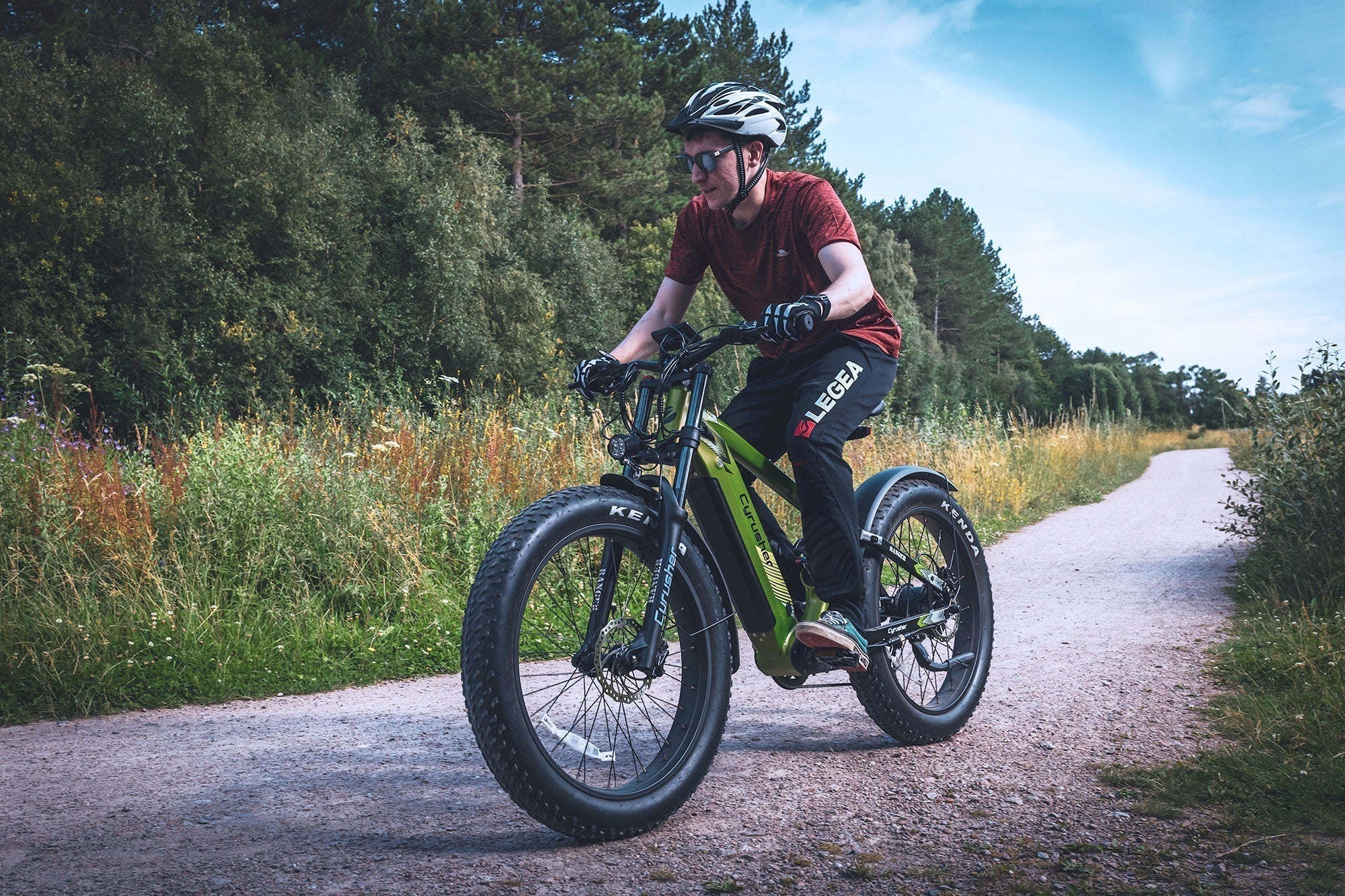
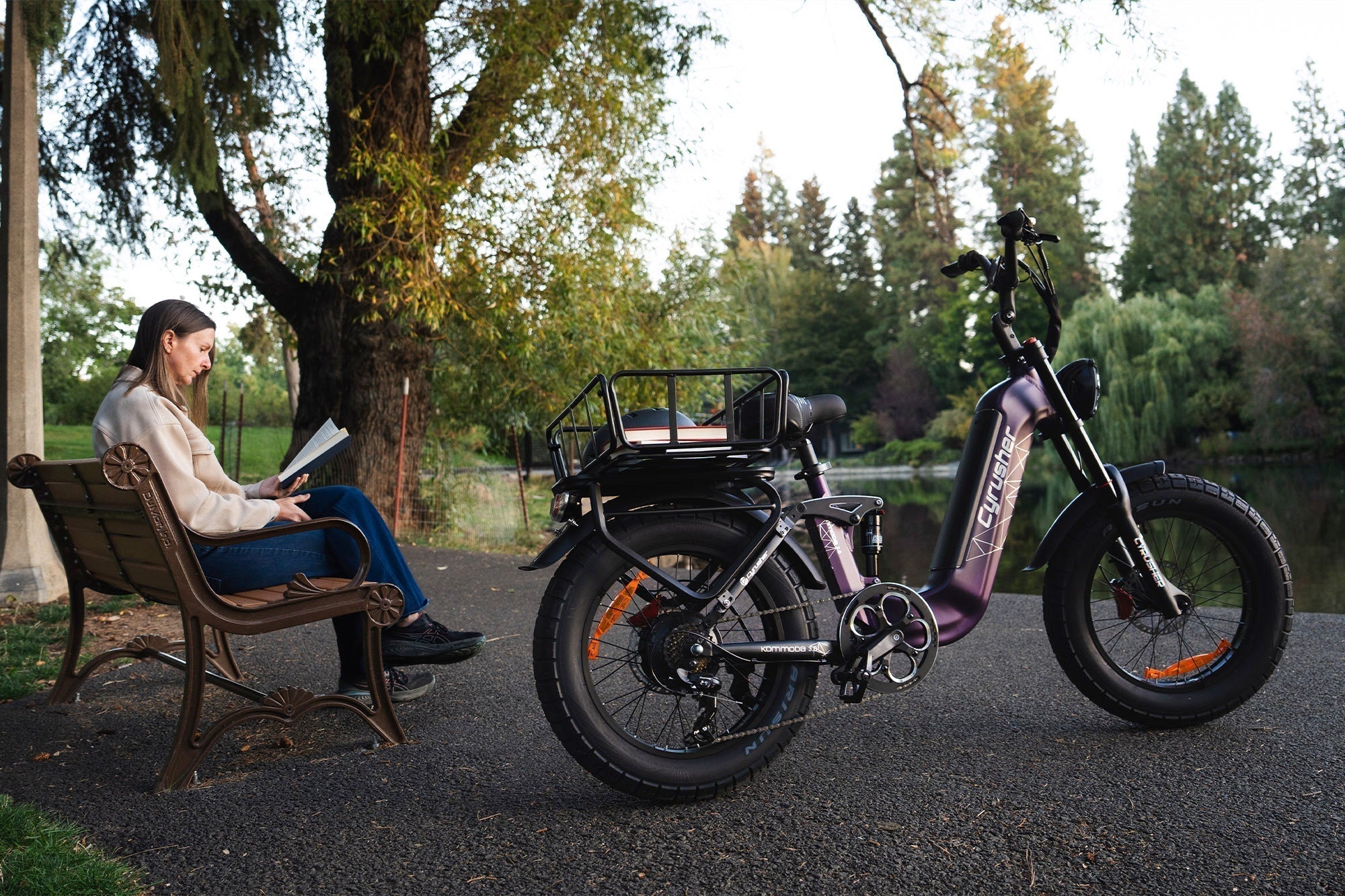
Share:
Why Are Male and Female E-Bicycle Frames Different ( Must Know )
How Much Should I Pay For a Good 2022 Electric Bike?